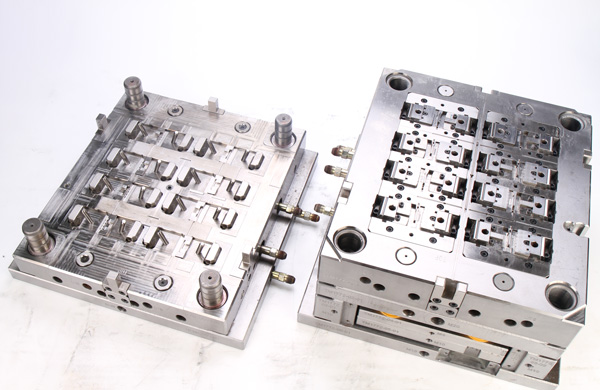In the realm of injection molding, gate design is both a technical feat and an artistic endeavor. Different gate types impart unique life and quality to plastic products. Today, we delve into six common gate designs in injection molding and reveal the seven key factors to consider when selecting gate locations.
Six Gate Designs, Each with Its Own Charm:
Direct Gate: Commonly used for side gates, easily placed on the parting line, ideal for multi-cavity molds. Easy gate removal but with high pressure loss, difficult venting, and potential weld lines.
Disk Gate: Perfect for concentricity and strict size requirements, intolerant of weld lines.
Spoke Gate (Four-Point/Cross Gate): Ideal for tubular products, easy gate removal, and material savings.
Film Gate: Designed for large, flat surfaces with minimal warping.
Tab Gate: Suitable for flat, thin products to reduce shear stress in the cavity. Pin-point gates are also popular in multi-cavity molds.
Ring/Fan Gate: For high surface requirements or tubular products with core inserts on both sides.
Pin Gate: Ideal for wide-edged thin sheet products and multi-cavity molds for small to medium-sized parts.

Seven Golden Rules for Gate Location Selection:
Prevent Melt Fracture.
Place at Thickest Part of the Product.
Facilitate Venting.
Minimize Weld Lines.
Avoid Core Deformation.
Consider Product Shrinkage and Molecular Orientation.
Prioritize Surface Quality.
In the world of injection molding, every detail matters. By mastering these six gate designs and seven gate location selection rules, we can not only enhance production efficiency but also create plastic products of exceptional quality and aesthetics, turning each molding process into an artistic expression.